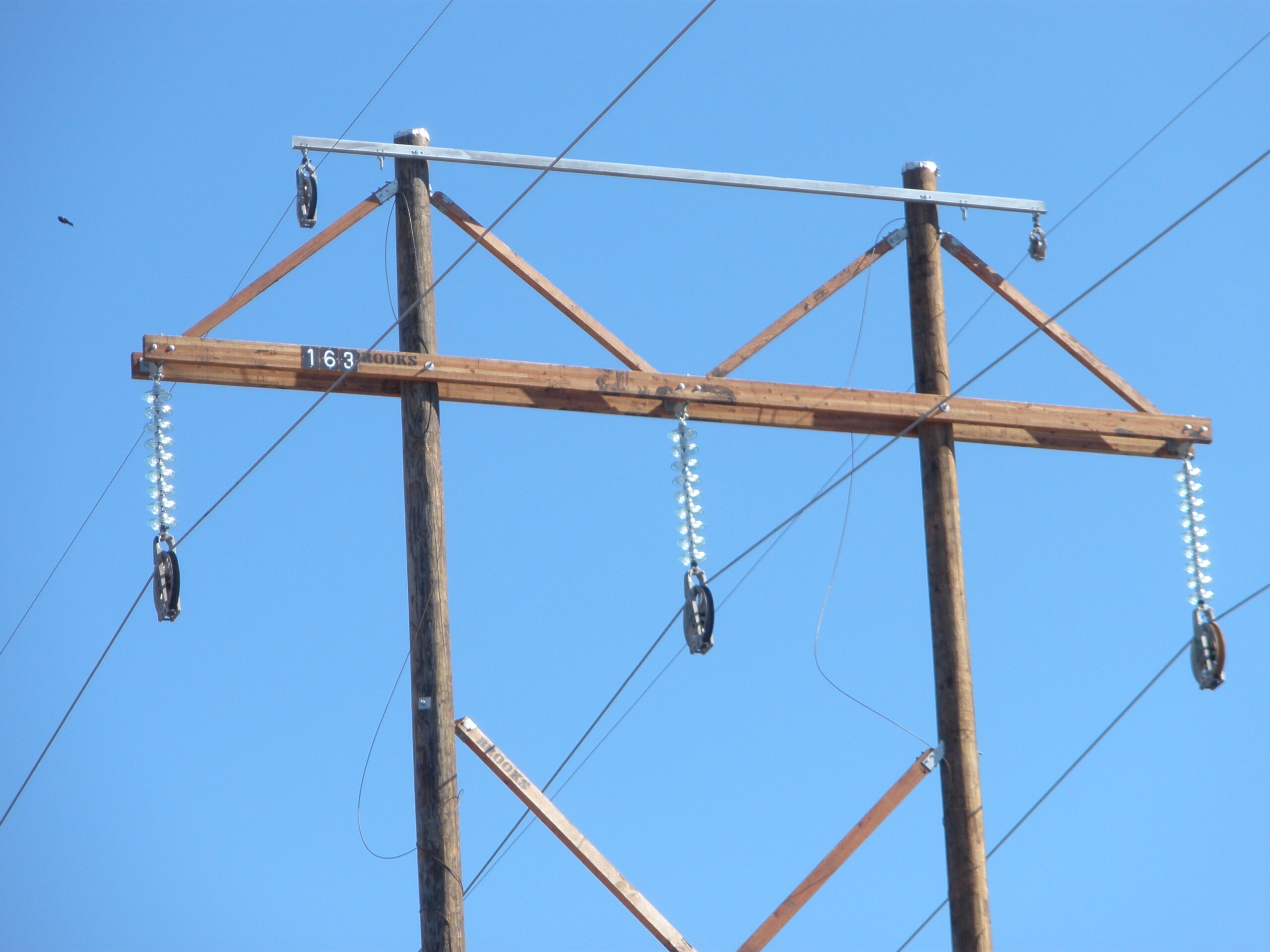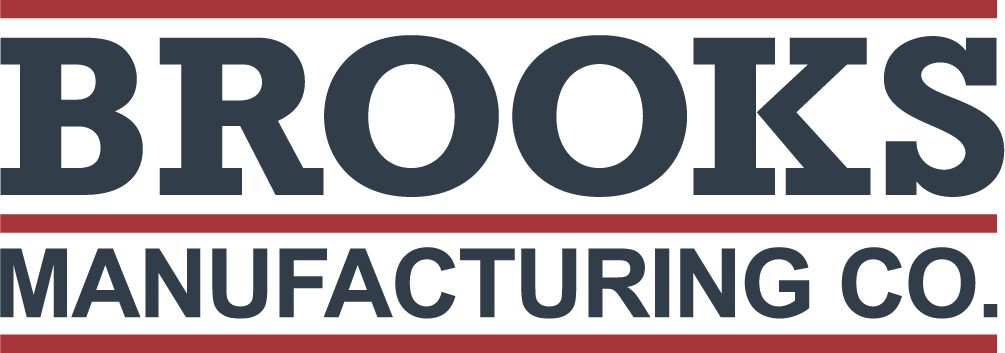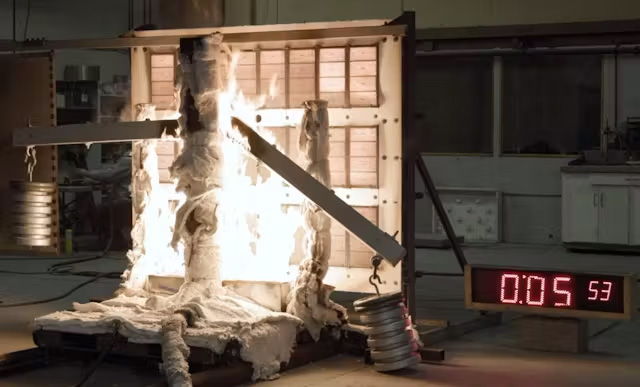
From initial price to long-term efficiency, wood wins out.
Creating an affordable crossarm for the utility industry ultimately means a public or private utility can pass those cost savings to ratepayers. Wood crossarms provide that opportunity, offering a distinctly affordable product from the beginning to end of the life cycle that outperforms composite crossarm options.
As utilities across the United States struggle with increasing costs while working to harden their grid reliability, wood crossarms offer a proven solution that is sometimes overlooked. A wood crossarm is, at minimum, twice as affordable as a composite fiberglass equivalent, sometimes coming in three or four times less expensive.
The affordability of a wood crossarm comes in a variety of factors. The wood crossarm is less expensive to produce than a composite counterpart, it is less expensive to ship and is often less expensive to install. Wood crossarms also have a proven life cycle that makes them last longer than composite fiberglass options.
The first step in creating an affordable product comes with the materials used. Brooks Manufacturing Co.’s wood crossarms are all created with coastal Douglas fir wood, a renewable source. The sourcing of the material and manufacturing process for turning coastal Douglas fir into wood crossarms is far less expensive—it’s also a fully onshore supply chain that never sees any part of the process outside of the United States—than creating a steel or composite product of equivalent performance.
Timber harvesting is a well-tuned industry that has created efficiencies in processes over decades of operations while understanding harvesting and replanting. By working with a replenishable resource—and not carbon-based finite resources as needed in composite crossarms—wood crossarms don’t struggle with the issues—and cost—of availability. An efficient supply chain equals affordability.
From there, wood crossarms continue to provide affordability benefits to utilities and ratepayers. Shipping wood crossarms is more streamlined, requires less packaging and, therefore, allows more wood crossarms per shipment than composite, reducing freight costs. Installation costs can also come greatly reduced, especially with braceless wood crossarm options available throughout the country thanks to Brooks Manufacturing Co.
Composite crossarms require maintenance throughout their life to retain function, like a fiberglass boat. Wood crossarms don’t have the added maintenance cost of a fiberglass crossarm for the duration of the life of the wood crossarm.
While the up-front costs associated with a wood crossarm offers savings when compared to composite, wood also has a proven record of grid reliability and durability within every state in the country. Wood crossarms have a proven life of 60-plus years. The composite industry does not have a track record in the utility space and has only a projected or expected life cycle, which hasn’t born out in other similar industries. With no science backing the composite projections and not enough history to prove out expectations, wood crossarms has a record dating back over 60 years that shows the durability and reliability, which translates to a long-term cost savings.
As utilities look to harden their electrical grid from events like wildfires, wood crossarms have also proven to withstand the harshness of fire better than composite, ensuring the reliability and durability extend throughout the lifespan of the wood crossarms. So, as utilities search for ways to reduce ratepayers’ power bills, choosing wood crossarms offers a practical and efficient step in providing a high-quality power grid for less cost.
From the supply chain to the manufacturing process, the installation to the maintenance and the grid reliability to wildfire performance, wood crossarms outperform composite crossarms on both durability and affordability. Wood crossarms have a proven track record of saving utilities and their ratepayers money, both in the short and long term. There are many ways that utilities build, but wood is clearly the most affordable.



